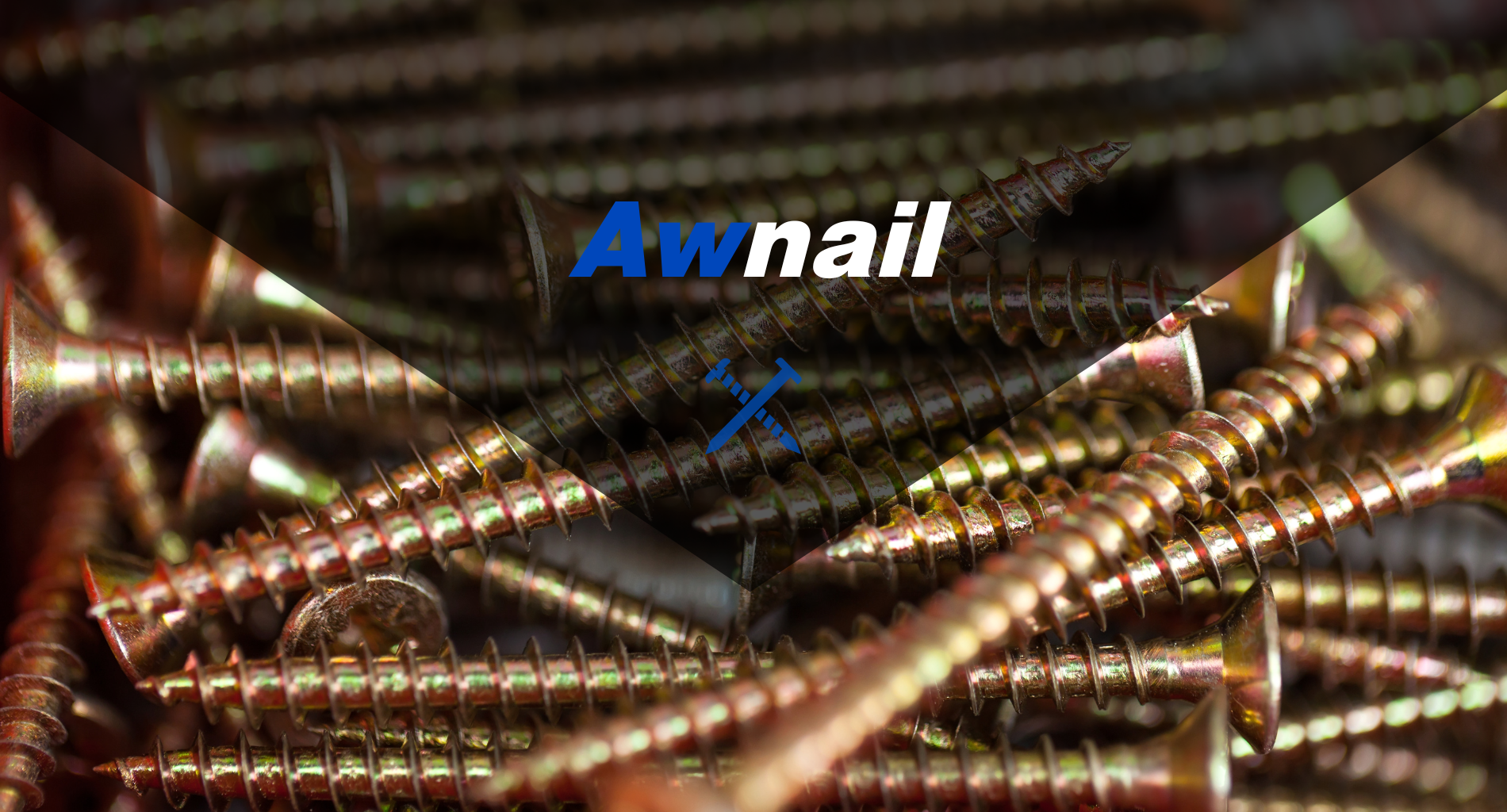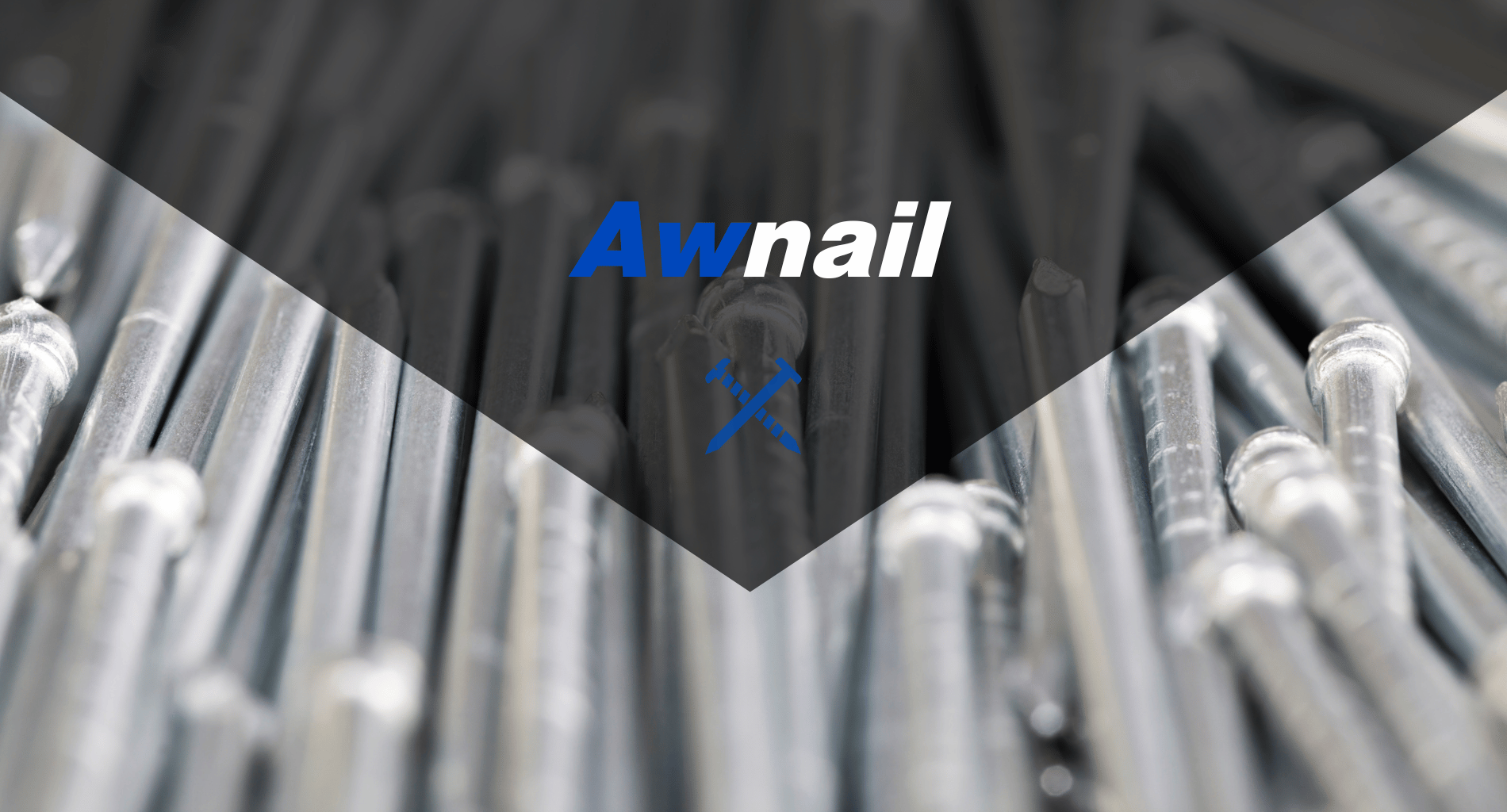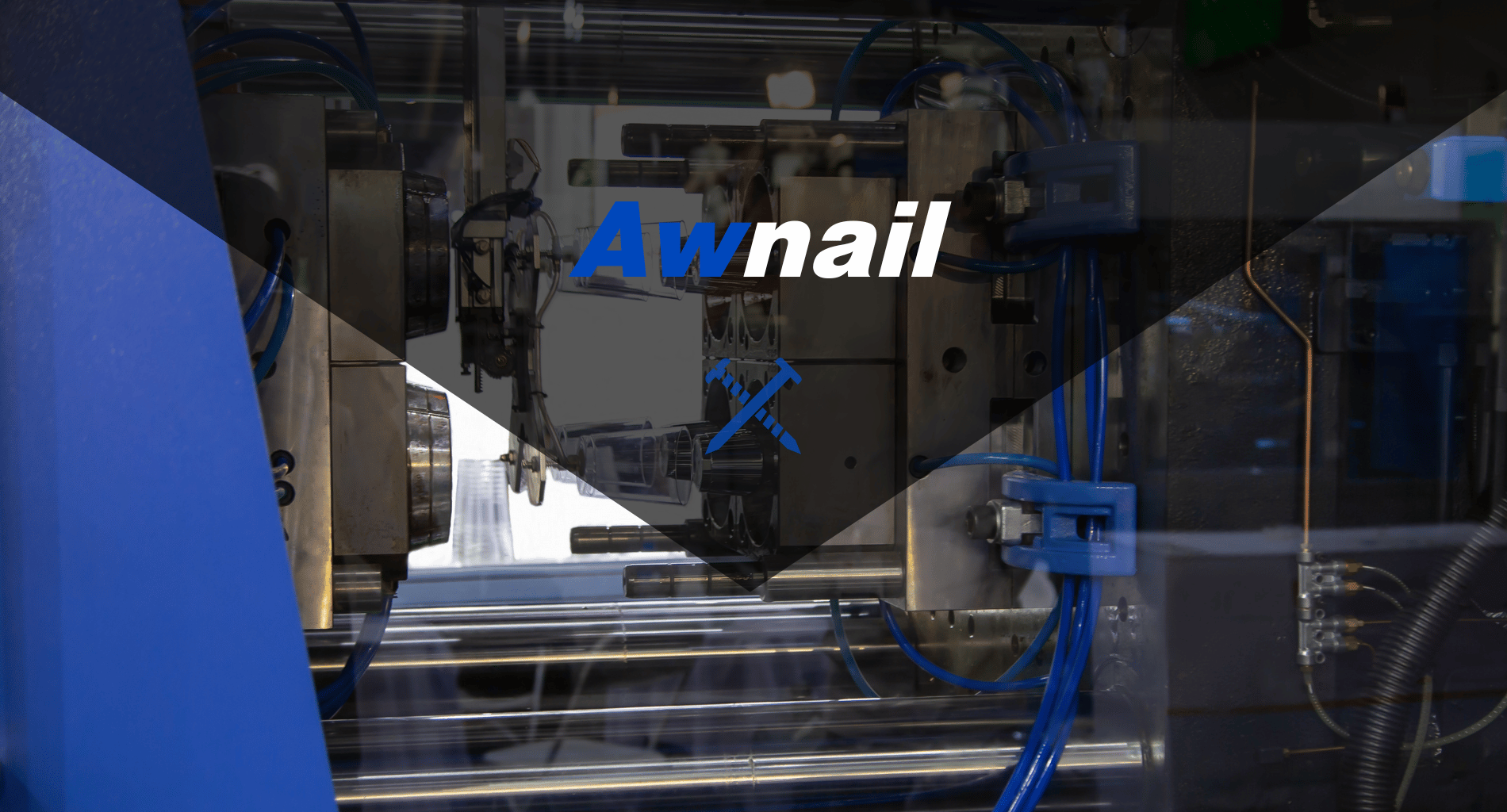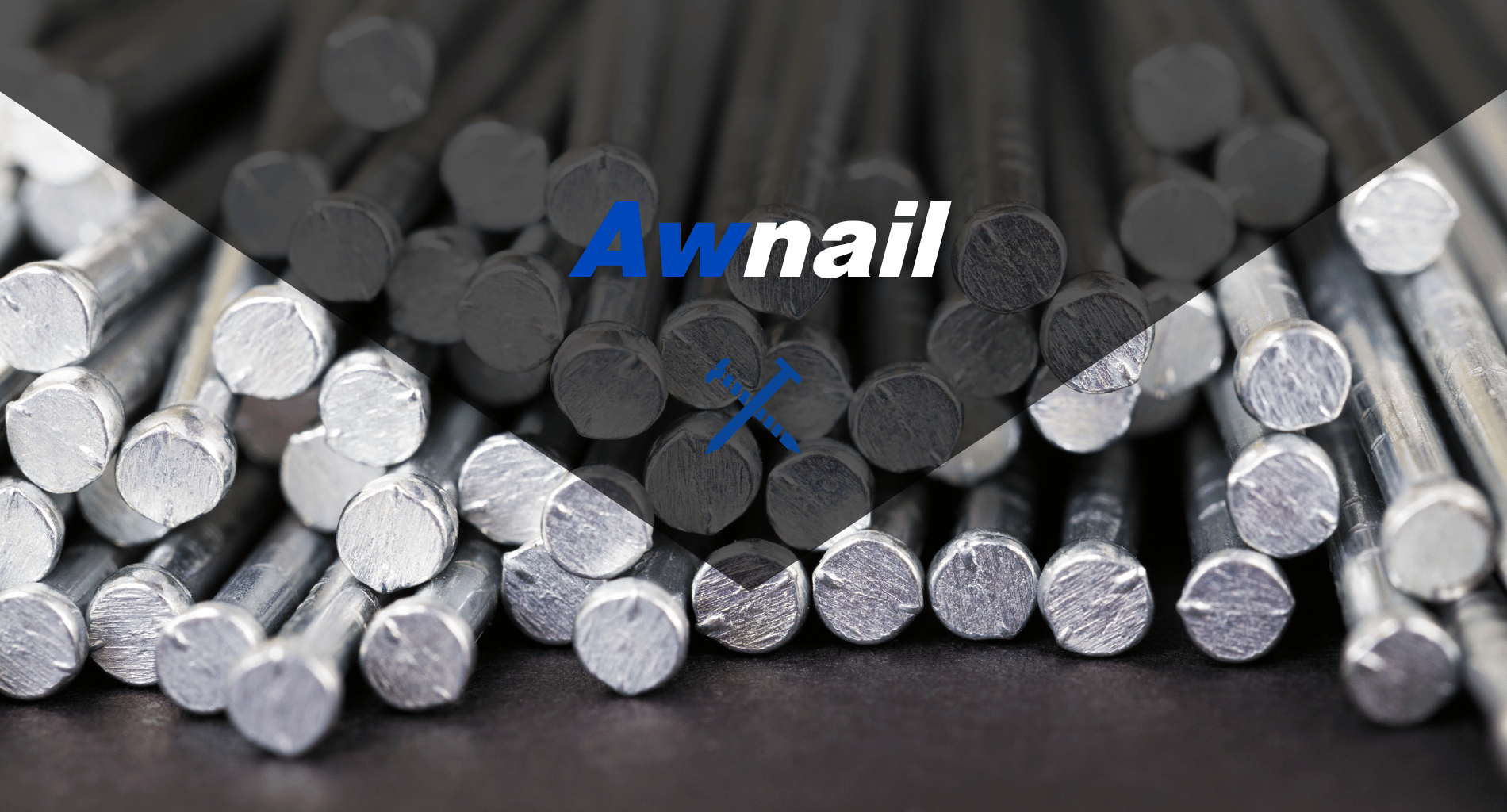What is thread rolling machine process? This process involves the plastic deformation of a piece of metal to form threads, utilizing precision-engineered dies to shape the material under high pressure.
With years of experience in the manufacturing industry, our insights into thread rolling are grounded in practice and innovation.
In this blog, you’ll discover the intricacies of the thread rolling process, its advantages, and why it’s the go-to method for high-volume, high-quality thread production.
Dive deeper into the world of thread rolling.
Step#1 Workpiece Preparation
Before diving into the technicalities of the thread rolling process, it’s crucial to understand the preliminary stage, its workpiece preparation. Here are 4 essential points to consider during workpiece preparation:
- Material Selection: The choice of material directly impacts the threading outcome. Materials must possess sufficient ductility and toughness to withstand the high pressures of the thread rolling process without cracking.
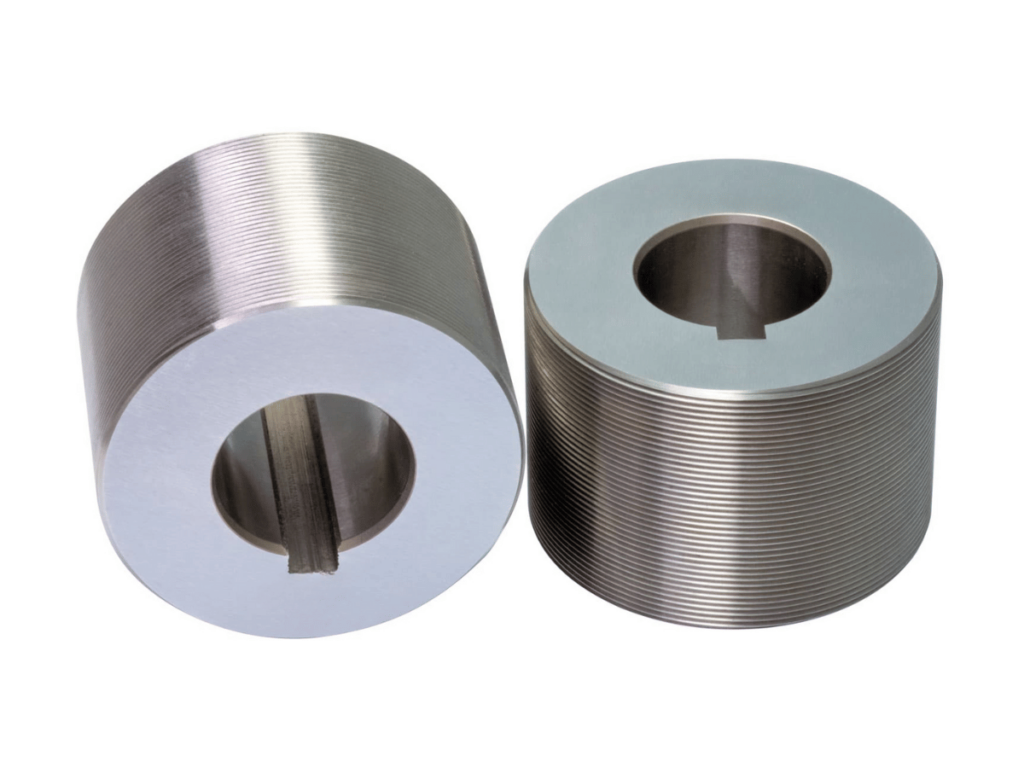
- Surface Quality: Preparing the surface of the workpiece is crucial. It should be free of scale, rust, and other contaminants to ensure a clean, high-quality thread. Sometimes, a preliminary finishing process might be necessary.
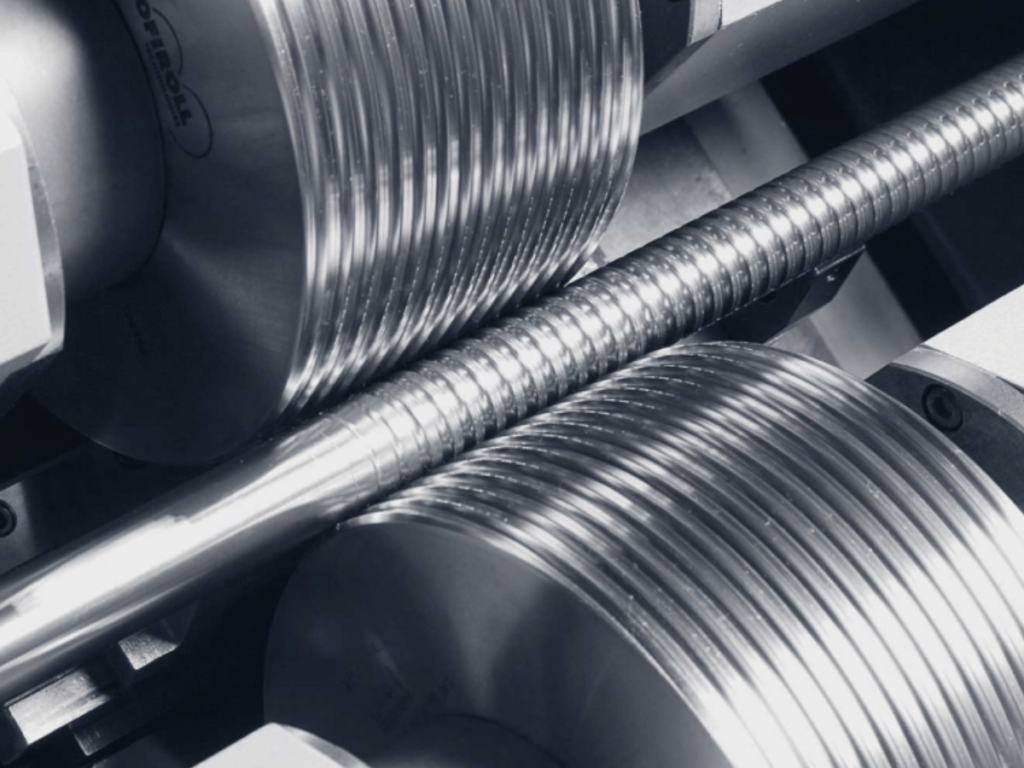
- Dimensional Accuracy: The workpiece must be accurately sized before thread rolling. Any deviations in diameter or straightness can lead to imperfect threads or tool damage.
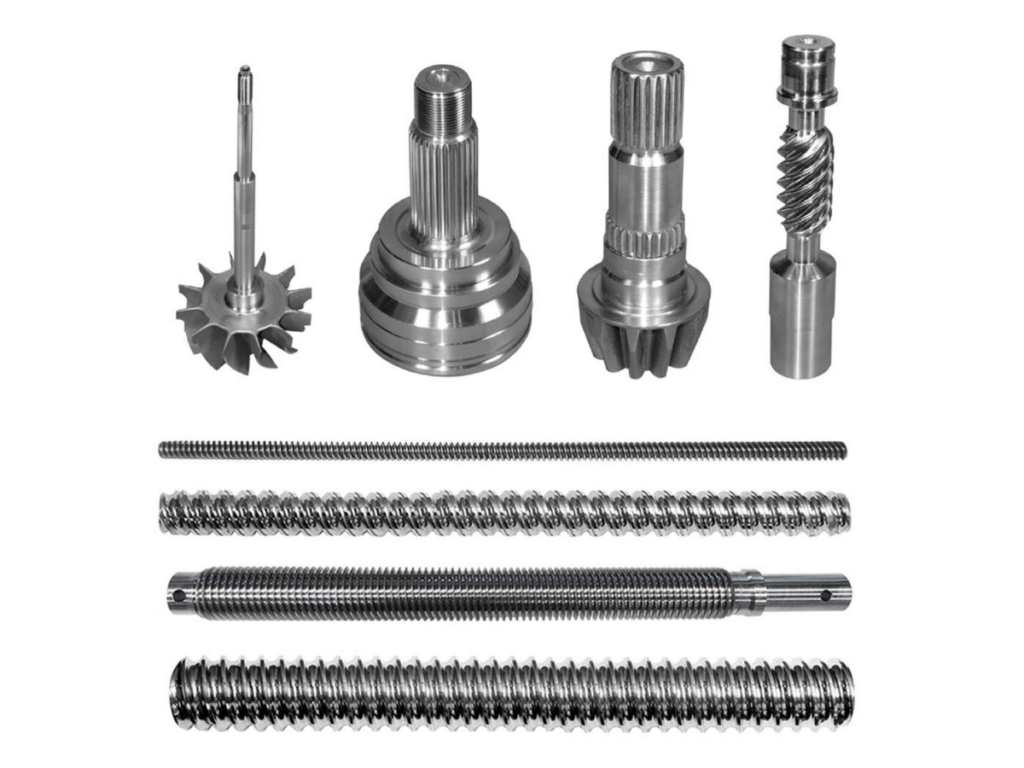
- Tempering and Heat Treatment: Depending on the material, a pre-rolling heat treatment might be required to enhance its ductility and reduce brittleness, ensuring the metal flows smoothly during the thread rolling process.
Step#2 Die Selection and Setup
After the workpiece is prepared, the next essential step involves selecting and setting up the correct dies. Given the global rolling dies market’s projected growth at a CAGR of 6.1% by 2030, as noted by Fortune Business Insights, this step is crucial for ensuring quality and efficiency. Here are 4 key considerations:
- Die Material and Hardness: Choose dies made from high-quality materials with the appropriate hardness level to match the workpiece material. This ensures durability and longevity of the dies while maintaining the quality of the threads.
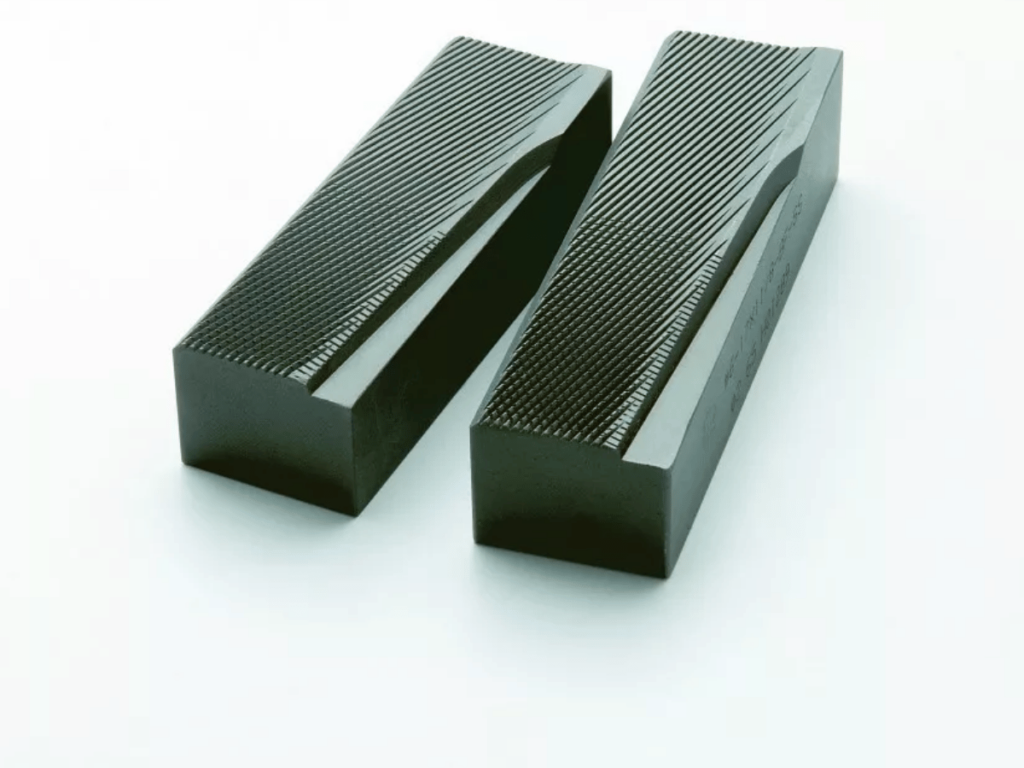
- Thread Profile and Pitch: The dies must accurately match the desired thread form and thread pitch. Incorrect selection can lead to faulty threads or increased wear on the dies.
- Die Alignment: Proper alignment of the dies is crucial for uniform thread formation. Misalignment can cause uneven threading, increased wear on the dies, and potential damage to the workpiece.
- Lubrication and Cooling: Ensure adequate lubrication and cooling systems are in place to reduce friction and heat build-up during the thread rolling process. This not only extends the life of the dies but also improves the quality of the threads.
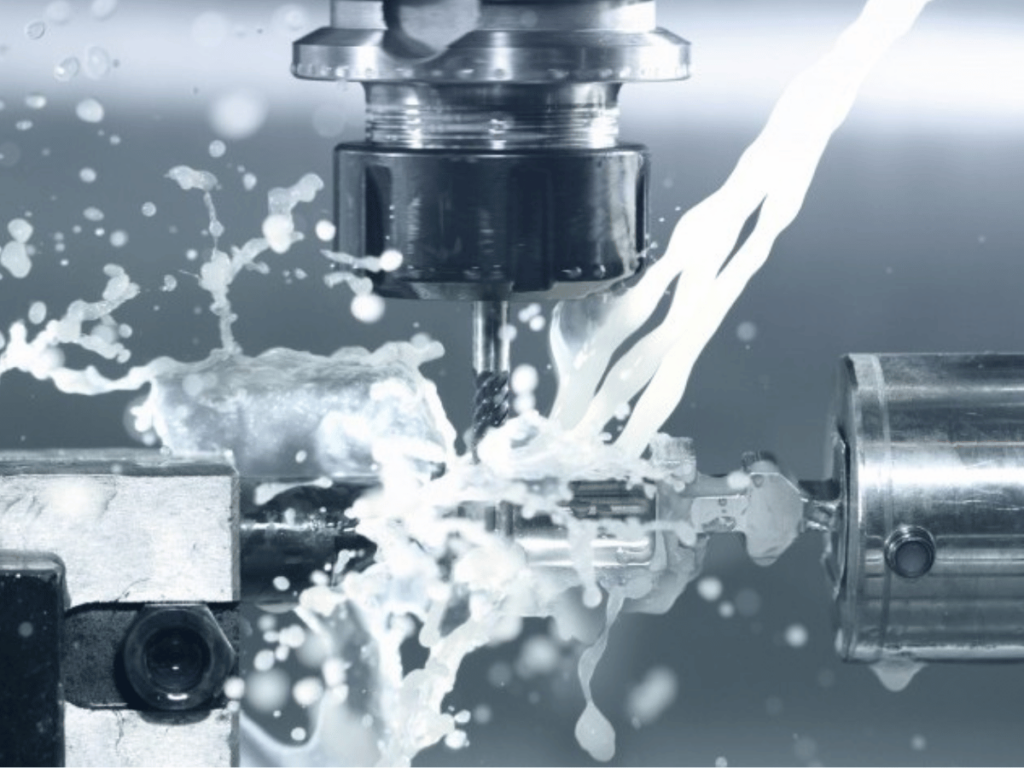
Step#3 Heating (Optional)
After selecting and setting up the right dies, an optional yet often beneficial step in the thread rolling process is the heating of the workpiece. Here are 4 important considerations regarding the optional heating step:
- Material Compatibility: Not all materials require heating before thread rolling. For instance, assess whether your workpiece material benefits from heating, as it can improve ductility and reduce the risk of cracking during the rolling process.
- Temperature Control: Precise temperature control is crucial. Too high a temperature can weaken the material, while too low may not provide the desired ductility. The optimal temperature varies based on the thread type and its properties.
- Heating Method: Choose a heating method that ensures uniform temperature throughout the workpiece. Inconsistent heating can lead to uneven threading or damage to the workpiece.
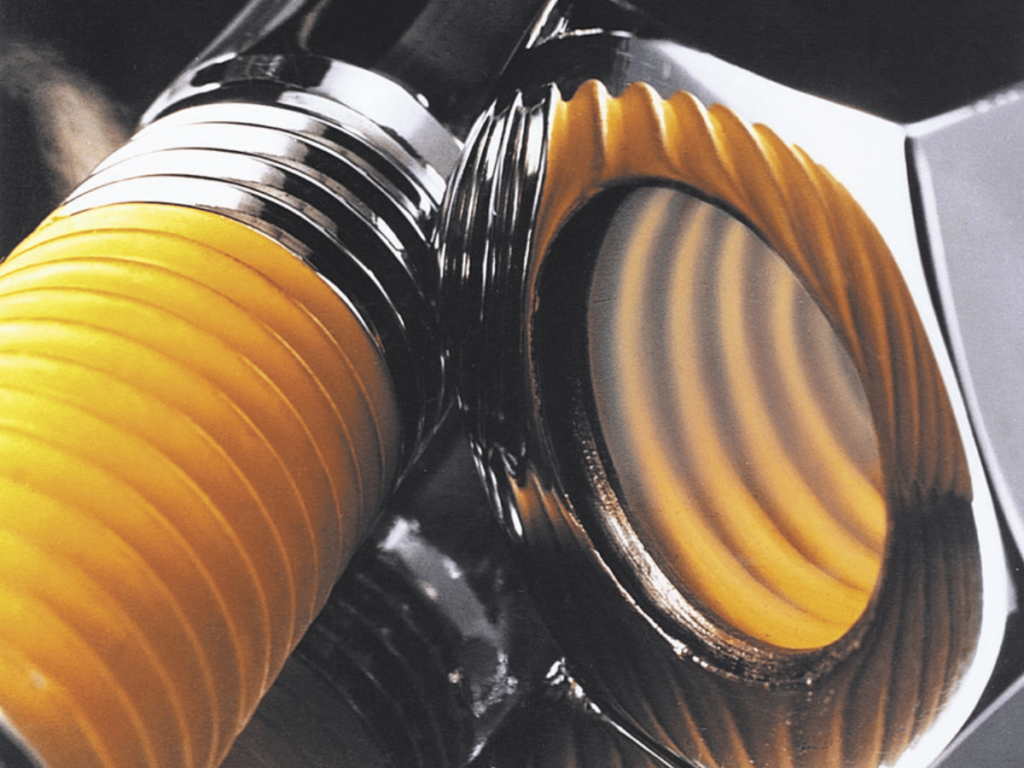
- Cooling Rate: After heating, the cooling rate can affect the material’s properties. Controlled cooling (or quenching, for certain materials) might be necessary to achieve the desired material characteristics for threading.
Step#4 Feeding the Workpiece
Following the optional heating of the workpiece, the next step is to feed the workpiece into the thread rolling machine. Here are 3 key aspects to focus on during the workpiece feeding process:
- Precision Alignment: Ensure the workpiece is precisely aligned with the dies before feeding it into the machine. Correct alignment is essential for achieving uniform threads and preventing damage to both the workpiece and the dies.
- Feed Rate: The feed rate must be carefully controlled to match the specifications of the thread rolling process. Awnail understands that too fast a feed rate can lead to incomplete threads or damage, while too slow a rate can reduce efficiency and productivity.
- Monitoring and Adjustments: Continuous monitoring during the feeding process allows for immediate adjustments if any misalignment or feeding issues are detected. This proactive approach helps maintain high-quality threading and reduces the risk of errors.
Step#5 Thread Rolling Process
Once the workpiece is correctly fed into the machine, the core of the operation begins: the thread rolling process itself. Here are 3 crucial aspects to consider during the thread rolling process:
- Pressure Application: The amount of pressure applied by the dies is critical. For example, it must be sufficient to plastically deform the workpiece material into the desired thread shape without causing damage. This requires a delicate balance, as too much pressure can lead to material fatigue or breakage, while too little pressure may result in incomplete or poorly formed threads.
- Consistency and Uniformity: Ensure that the thread rolling process is consistent across the entire length of the workpiece. Uniformity in thread depth, pitch, and overall quality is essential for the component to meet its design specifications and perform its intended function reliably.
- Inspection and Quality Control: Regular inspections during the thread rolling process are vital for detecting any irregularities or defects early on. Implementing stringent quality control measures helps in maintaining high standards and minimizing the need for rework or scrap.
Step#6 Finishing and Post-Processing
Following the completion of the thread rolling process, the next essential step is finishing and post-processing. Here are 4 key points to focus on during this stage:
- Cleaning: Remove any lubricants, debris, or metal filings from the threads to prevent contamination. Cleaning ensures the threads are pristine and free from any residues that could affect their function or the assembly they’re intended for.
- Verifying Thread Quality: Conduct thorough inspections to verify thread quality, including measurements for pitch diameter, thread depth, and overall integrity. Quality assurance processes are critical to ensure the threads conform to the stringent standards required for their intended application.
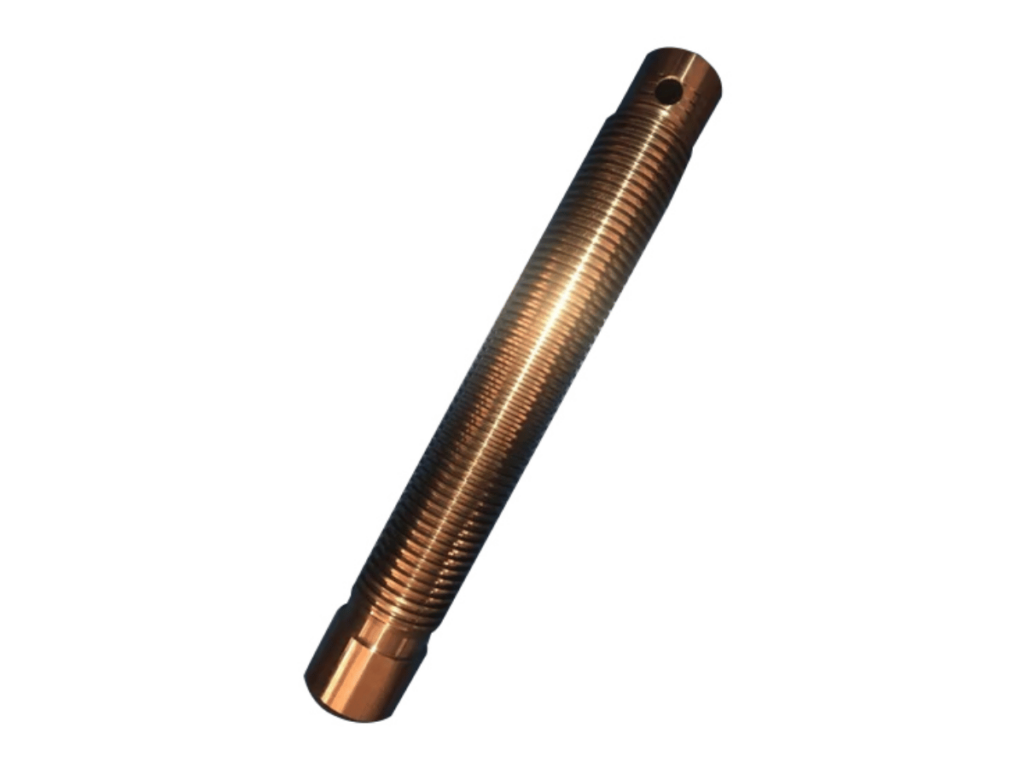
- Surface Treatment: Depending on the application, surface treatments such as coating or plating may be applied to enhance corrosion resistance, reduce friction, or improve aesthetic appeal. Selecting the appropriate treatment can significantly extend the lifespan of the threaded components.
Step#7 Quality Inspection
After navigating through the finishing and post-processing steps, the focus shifts to the crucial phase of quality inspection. Here are 3 essential aspects of the quality inspection process:
- Dimensional Accuracy: Utilize precision measuring tools to verify that the dimensions of the threads, including pitch, diameter, and depth, precisely match the specified requirements. Awnail recognizes that dimensional accuracy is fundamental to ensuring the component fits and functions as intended in its application.
- Surface Integrity: Inspect the surface of the threads for any imperfections such as burrs, cracks, or incomplete formations. The integrity of the thread surface is crucial for the performance and longevity of the component, especially in applications where mechanical stress and environmental conditions are factors.
- Conformance to Standards: Ensure that each threaded component conforms to relevant industry or international standards. This includes checking for compliance with specifications regarding material properties, thread form, and any required finishes or coatings.
Step#8 Packaging and Storage
Following a thorough quality inspection to ensure each threaded component meets the required standards and specifications, the final step in the manufacturing process is packaging and storage. Here are 3 key aspects to consider for effective packaging and storage:
- Protective Packaging: Choose packaging materials that provide adequate protection against physical damage, corrosion, and environmental factors like moisture and dust. The right packaging safeguards the threads during transportation and storage, maintaining their quality and precision.
- Labeling for Identification: Label each package with relevant information, including part numbers, material type, and any special handling instructions. Proper labeling prevents mix-ups, ensuring the right components are used for the correct applications.
- Optimized Storage Conditions: Store the packaged components in a controlled environment to prevent damage from temperature fluctuations, humidity, or contaminants. Organized and strategic storage enhances inventory management and retrieval efficiency.
This table underscores the significance of creating an optimized environment for storing packaged components, highlighting the necessary measures and practices to safeguard against potential damages and ensure efficient inventory management.
| Consideration | Description | Impact | Control Measures | Best Practices |
| Temperature Control | Maintaining a consistent temperature to prevent damage to sensitive components. | Prevents thermal stress and degradation. | Install HVAC systems; use thermal insulation. | Monitor and adjust temperature settings based on the specific requirements of the stored components. |
| Humidity Regulation | Keeping humidity levels within a safe range to avoid moisture-related issues. | Reduces the risk of corrosion and electrical shorts. | Use dehumidifiers; ensure proper ventilation. | Regularly check humidity levels and adjust controls as necessary. |
| Contaminant Protection | Preventing the ingress of dust, pollutants, and other harmful substances. | Protects the integrity and functionality of components. | Use air filtration systems; maintain clean storage areas. | Implement strict cleanliness protocols and air quality monitoring. |
| Organized Storage | Systematically arranging components for easy access and tracking. | Enhances retrieval efficiency and inventory management. | Utilize shelving units with labeling; adopt an inventory management system. | Regularly audit inventory and optimize storage layout for easy access. |
| Strategic Location | Choosing a storage location that minimizes exposure to harmful conditions. | Mitigates risk of damage from environmental factors. | Select climate-controlled areas away from direct sunlight. | Evaluate storage locations periodically to ensure they meet environmental control standards. |
Dive Deeper Into Our Resources
Looking for more diverse product options? Browse through our handpicked selections:
For some insightful reads, we’ve curated a list of recommended articles just for you:
- The Ultimate List of Top 8 Nail Making Machine Manufacturers
- An In-Depth Guide to Nail Making Machines
Still haven’t found what you’re looking for? Don’t hesitate to contact us. We’re available around the clock to assist you.
Conclusion
In summing up the thread rolling machine process, it’s clear that this method offers unparalleled benefits for manufacturers looking to produce strong, durable threads efficiently. The process is not only cost-effective but also environmentally friendly, reducing waste and energy usage compared to traditional threading methods.
If you’re looking to upgrade your manufacturing capabilities with the latest in thread rolling technology, Awnail stands as a leader in the field. Contact us today for more information on how we can benefit your business.

